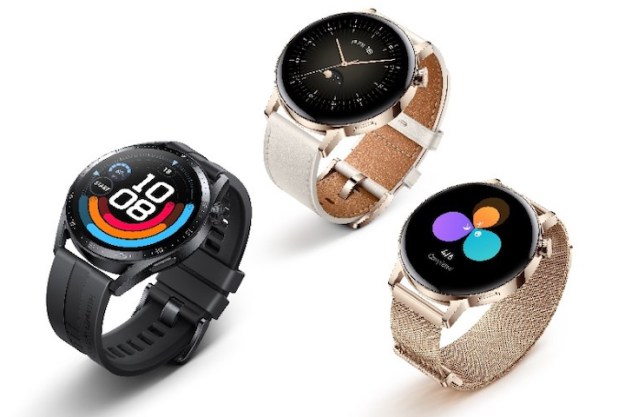Bugatti doesn’t do anything normally.
From the way it builds cars to the way it handles recalls, the French automaker does everything in a grandiose and elaborate way. So, it doesn’t surprise us that Bugatti has reinvented the manufacturing process for a crucial part most drivers ignore until they really need it.
Though it might look like an ordinary brake caliper, Bugatti claims this supersized chunk of metal is the world’s first caliper produced using a 3D printer. It’s also made from titanium (the same stuff used in the SR-71 Blackbird jet), and Bugatti proudly points out it is the largest 3D-printed component ever made from that material. It works just like a normal caliper, it’s bolted to the wheel hub and it pushes pads against a spinning rotor to slow down the car, but the prototype titanium caliper is stronger and about 40 percent lighter than the aluminum part fitted to the 1,500-horsepower Chiron.
Titanium is notoriously difficult to work with, which is why Bugatti turned to 3D printing. The traditional milling process used to turn a solid block of metal into a functional part simply wouldn’t work with titanium, according to the company. 3D-printing makes titanium calipers possible, but the process is not exactly straightforward, either.

To make the brake caliper, Bugatti turned to Laser Zentrum Nord, which had a 3D printer designed specifically to work with titanium. The printer was equipped with four 400-watt lasers. It took 45 hours to print the caliper by painstakingly depositing 2,213 individual layers of titanium on top of each other. After that, the part was heat-treated to ensure strength, and technicians trimmed away excess material to create the final product. In December 2018, the company released a video showing the fiery bench tests its researchers put the caliper through. It can withstand rotor temperatures of nearly 2,000 degrees Fahrenheit without warping or melting.
Bugatti plans to test the 3D-printed caliper in real-world conditions in 2019, though it admits the timetable hasn’t been finalized yet. It also plans to shorten the production process. It may take Bugatti months to build a car, but even this most leisurely of automakers can’t wait forever for parts from suppliers.
While titanium brake calipers for multi-million dollar supercars aren’t very relevant to the average person, Bugatti claims its experiments with 3D printing could lead to 3D-printed parts for more mainstream Volkswagen Group models in the not-too-distant future. The technology packed into a Chiron in 2019 could trickle down to an Audi TT in 2025.
Updated on December 24, 2018: Added information about the testing phase.
Editors' Recommendations
- Nvidia turns simple text prompts into game-ready 3D models
- 3D printed cheesecake? Inside the culinary quest to make a Star Trek food replicator
- AMD Ryzen 7 5800X3D beats predecessor, but AMD promised more
- AMD’s revolutionary 3D V-Cache chip could launch very soon
- AMD teases performance of its revolutionary 3D V-cache chip



